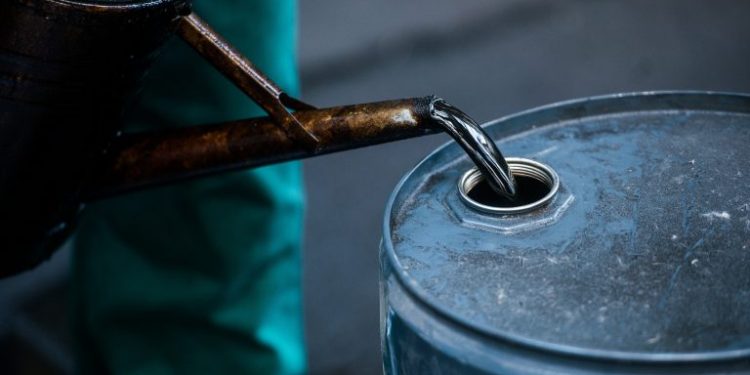Oil prices recorded a rise on Tuesday on expectations of a recovery in the global economy after the U.S. Senate approved a $1.9 trillion stimulus bill and a likely drawdown in crude oil inventories in the United States’s biggest fuel consumer.
However, a stronger dollar and receding fears of a supply disruption from Saudi Arabia, the world’s biggest oil exporter, after an attack on its export facilities restricted price gains.
Brent crude futures for May rose by 53 cents, or 0.8 %, to $68.77 a barrel by 0436 GMT,
The U.S. West Texas Intermediate (WTI) crude for April rose 44 cents, or 0.7%, to $65.49.
“Fundamentals remain incredibly supportive, especially with Saudi Arabia in full control pursuing a tight oil policy,” Stephen Innes, chief global markets strategist at Axi, said in a note.
On Monday, Brent crude prices rose above $70 a barrel after Yemen’s Houthi forces fired drones and missiles at the heart of the Saudi oil industry, including a Saudi Aramco facility at Ras Tanura.
The attacks came after the Organization of the Petroleum Exporting Countries (OPEC), Russia and their oil-producing allies, known as OPEC+, agreed last week agree on broadly sticking with output cuts despite rising crude prices.
Meanwhile, the Investor focus remains on the prospects for a global economic recovery.
Janet Yellen, U.S. Treasury Secretary, said on Monday that President Joe Biden’s $1.9 trillion coronavirus aid package would provide enough resources to fuel a “very strong” U.S. economic recovery.
U.S. crude and refined product stockpiles likely fell last week, with distillate inventories seen drawing down for a fifth straight week.




